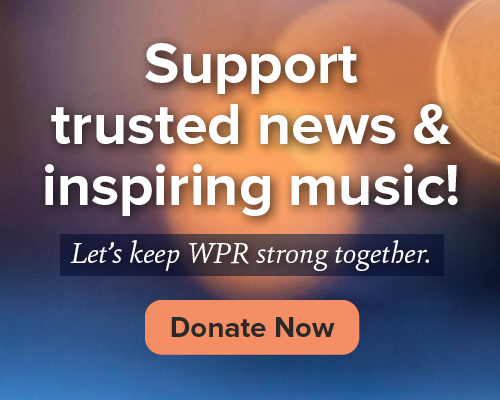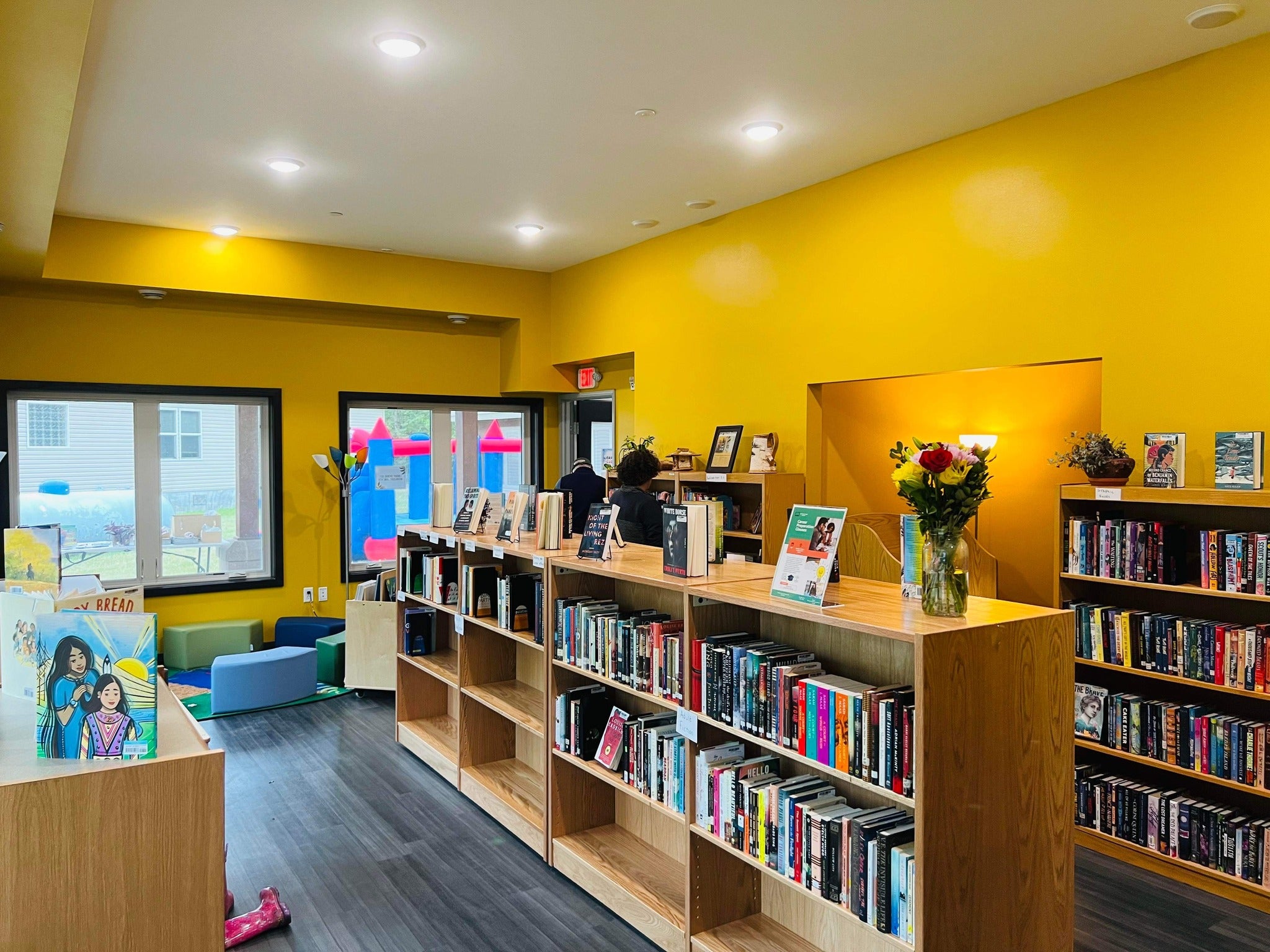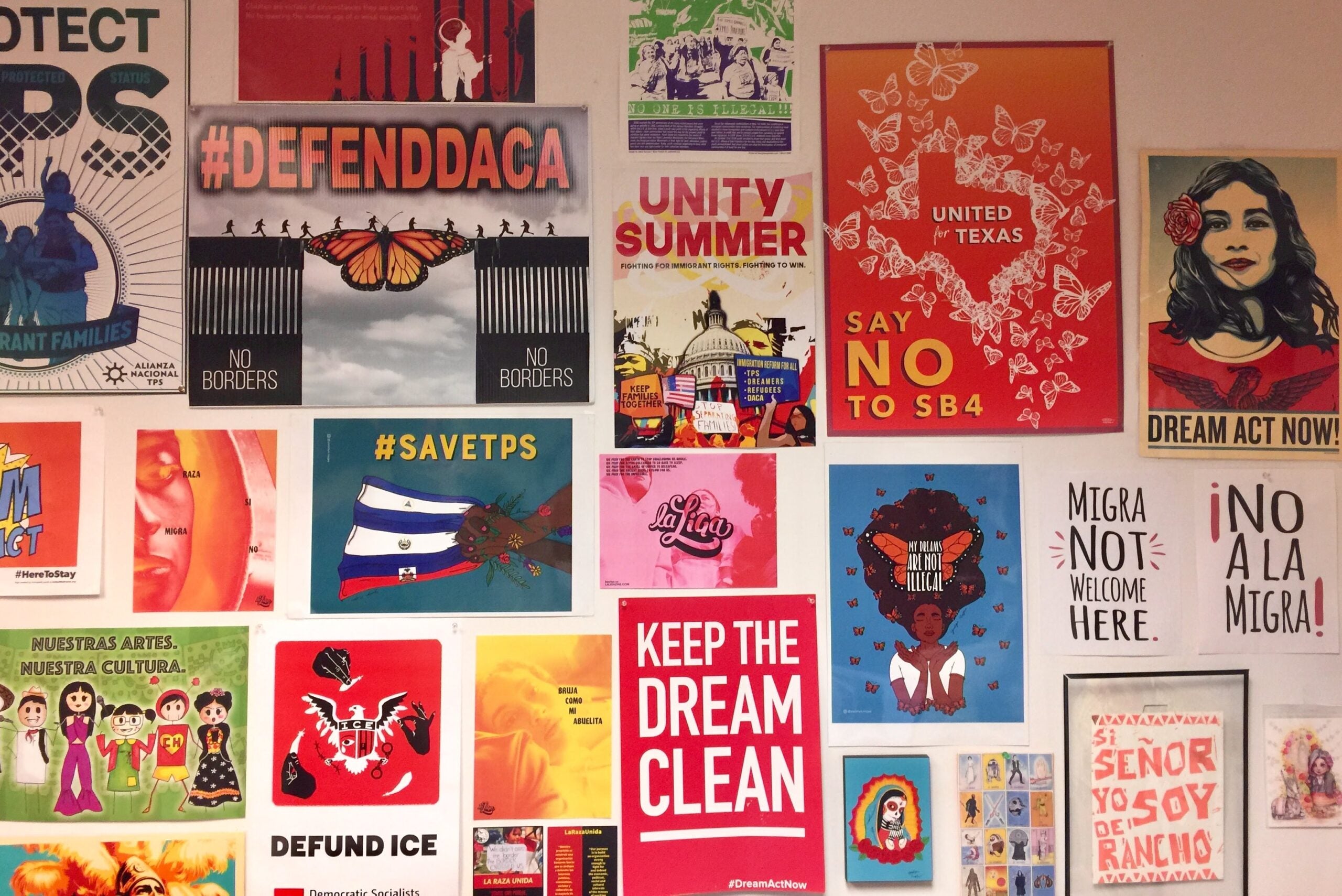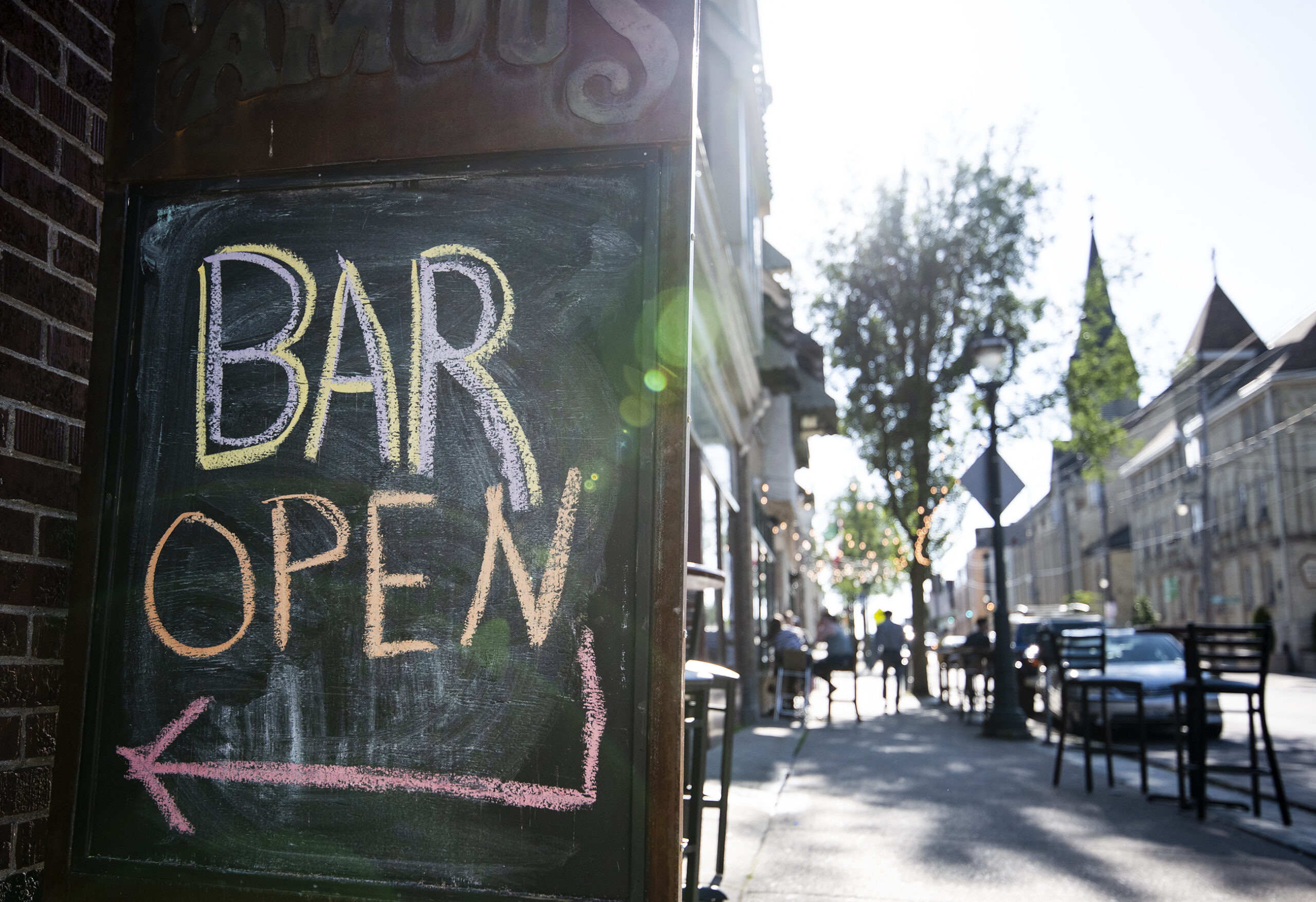What began a decade ago as a mission to learn about the history of public libraries around the country is now a documentary airing on PBS.
Dawn Logsdon is the director of “Free for All: The Public Library.” A lifelong public library patron, she told WPR’s “Wisconsin Today” that she grew tired of hearing people question the value of public libraries in the internet age.
“You can only think that way if you haven’t been in a library in about 30 or 40 years,” Logsdon said. “They’re not just a place to store books. They’re a place for people to come together and read, learn, get information, all kinds of things.”
News with a little more humanity
WPR’s “Wisconsin Today” newsletter keeps you connected to the state you love without feeling overwhelmed. No paywall. No agenda. No corporate filter.
Logsdon’s work on the documentary brought her to Seymour, Wisconsin, where she met and interviewed librarian Elizabeth Timmins. Timmins told “Wisconsin Today” that her library encourages and teaches digital literacy to its patrons.
“It’s more important than ever, with fraud and misinformation that are happening in our society,” Timmins said. “Some of our patrons are in their 70s, 80s and 90s, so this is a whole new landscape for them. It’s critical that they have people they can trust to help them out. And we can also pair them up with the digital natives, and have those kiddos teach the elders.”
The documentary is now available to stream on the PBS website or app.
Timmins and Logsdon talked with host Kate Archer Kent about the importance of public libraries and the challenges they’ve faced.
The following was edited for clarity and brevity.
Kate Archer Kent: Elizabeth, you are in the documentary, and you work at the Muehl Public Library in Seymour, a town with a population around 3,500. Can you talk about the relationships with your patrons and what your library means to the community?
Elizabeth Timmins: We know all of our patrons by name. We know the families, the ups and downs of what’s going on, and it’s just a very close-knit, alert place. It’s the information center. It can possibly be called the gossip center, sometimes. It’s where you learn the news, and it’s very comfortable and welcoming.
KAK: Dawn, in the documentary you look back at the history of public libraries. We forget about the struggles libraries have gone through, right? We forget that books were not accessible to the majority of people for so long, and that there were racially segregated libraries. Can you talk about just the change there?
Dawn Logsdon: My grandpa grew up on a farm outside of Sparta where he told us that in his one room schoolhouse, where he and all of his siblings went, there was one textbook. The teacher would hold it, and the kids couldn’t touch it. They couldn’t take it home. So when a little library in a box from the Wisconsin Library Commission arrived in his town, it really literally changed his life.
His box was in a post office, and the post office was the gathering spot. It was the place where people came together, not just to check out those books and to get their mail, but to have conversations and to participate in a democracy on some level. Today, we take that kind of thing for granted because there’s so much access to information.
KAK: Elizabeth, what comes up for you as you think about the history of public libraries and how that is informing what happens in these spaces today?
ET: Our history is complicated. I learned so much myself in that documentary. You have a very conflicting and hard person to understand, [Andrew] Carnegie. He’s a philanthropist, and he has this dream to build all these libraries. But he’s building them on the workers’ backs and breaking up labor unions. It’s just so just hard to understand. And then, of course, segregation in libraries. I learned that in school, but when you see it in the visuals, it’s just unbelievable to me. We’re past that, thank goodness, and we had leadership that understood we needed to get past that.
KAK: Dawn, you have concerns about small town, rural libraries and their ability to stay with us. What makes these libraries more vulnerable than libraries in bigger cities?
DL: It surprised me to learn some of the differences between the rural libraries and small town libraries these days. I think what makes them more precious is that in a lot of these towns, they were some of the last public gathering places. A lot of what we used to take for granted is gone now — different community centers or the old cafe that was on Main Street where everybody would hang out. Even post offices are gone in some towns, and the library is still standing as that place where everybody in the town is welcome. You don’t have to buy anything, unlike a coffee shop or a Starbucks. You don’t have to spend money to be there and spend time there. Unlike church, you don’t have to all agree on the same exact denomination and theology. Everybody’s welcome. So that, I think, is super important in a small place where there aren’t that many places that you can go to that are open to the public.
But the danger of that is that once they’re gone, there’s no place left for that kind of civil dialogue. A lot of these libraries are facing huge budget constraints which were already in full force when we started the film. What’s really picked up steam is the other big threat to these libraries: political opposition. People who don’t want to pay taxes for their libraries anymore, who think that if they don’t use them, they shouldn’t have to pay for them, even if the kids down the block, their neighbors, their senior citizens still use them. And then opposition to some of the materials that are in the booksin the collection.
KAK: Elizabeth, despite the funding issues, book challenges and access to materials, what is it about libraries that will ensure they survive for coming generations?
ET: It has to be the joy and understanding from the community. And frankly, sometimes I feel like we’re not doing our job if we’re not shouting from the rooftops how fabulous we are.







